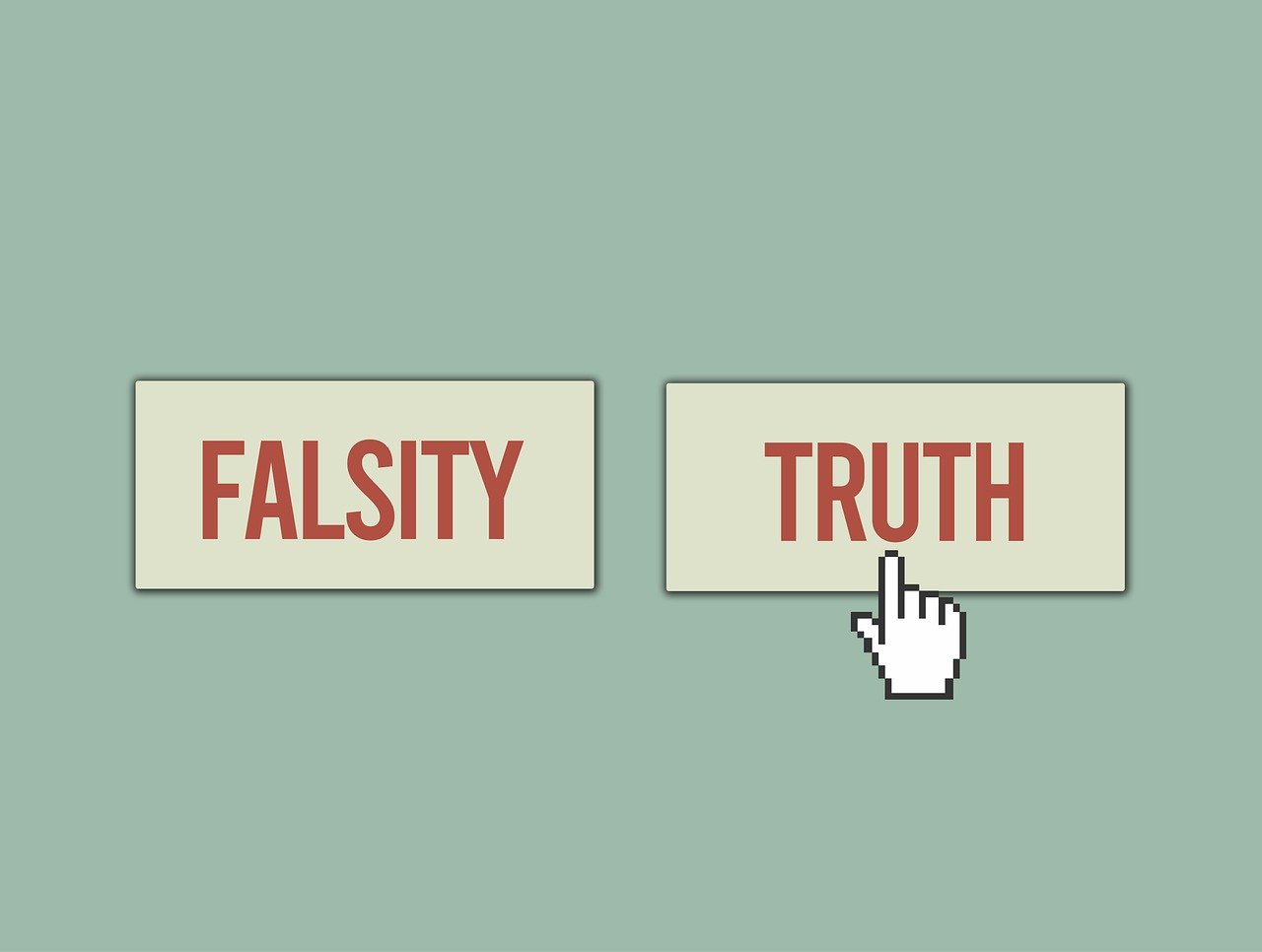Communication is a key skill required for any job, let alone for any business. However, many individuals and organizations fail to understand their communicative abilities. Often small business and growing companies fail to communicate well within their organization and to others outside of it. To help you keep communication fluid between your team and up to date with individuals and organizations outside of your own, this post will help you address common communication errors, misbeliefs, and shortsightedness. So, whether you’re hoping to reach new customers or to keep your employees up to date on coming changes, this blog is for you.
Who Do You Communicate With?
The first question you need to ask yourself is who you communicate with. Or better yet, who are you failing to communicate well with? The best way to improve your communication is to take the time to assess and address your flaws. With employees and co-workers, it can often be difficult to get everyone in the same place at the same time and on the same page. With external individuals, it can be difficult to know what to say, what lingo to use, and whether you need to be formal. Before sending out a mass memo, an ad campaign, or a social media post; take the time to understand your audience. Think about what your audience might want or need to hear. Make your communication feel personal and let the audience know that you know them and understand their needs. Make sure that the people you are communicating with feel like a priority.
What Do You Communicate With?
Second, take the time to consider your medium. As much as your communication is dependent on to whom you are sending it, it is equally important to make sure that it meets the standards of the format you’re communicating with. For example, an email is going to follow a stricter formality and formatting than a text or a tweet might. The last thing you want to do is to appear not to understand the format or platform you are using. Also take the time to make sure whether or not you’re using the proper format for the task at hand. A text message might be a great way to invite a team member to lunch, but a text chain isn’t the most organized or accessible format to send mass information to your entire team.
What is email for? Email has been the predominant method of communication for and on behalf of businesses for the greater part of the last half-century. It helps you communicate quickly with large quantities of people as individuals and in groups. It is easily accessible and easily archivable from several different devices. It is also typically formal and a great method of contact with potential customers who may not be open to sharing their personal phone number or a similar method of contact. Email is a tool that you should be communicating with above all others. In many industries it is seen as the professional standard method of contact. It is also easily manageable. There are many free email servers for individuals, as well as affordable options available for groups, with dozens of programs available that can help you send mass emails quickly and easily.
Email is a necessity for you and your business whether you’re communicating to people within your organization, partnering organizations, or potential customers. It is a far reaching, easily useable tool that should be at the center of any marketing campaign, memo, or interest survey.
Social Media
Social Media may be new, but it is by no means small. Social Media is a great way to communicate with your potential customers and to begin your sales funnel. Social Media helps you meet and communicate with individuals who show interest in what you have to offer with a like or share. Social Media is one of the best places to share your brand image and identity. It can be used to share important information, but for most business it is better to let social media be your customers’ front window into the experience. Let them see what you’re about, answer any questions they might direct, and send them through to your website, your email list, or even your phone number. Social Media is not the place to do hard business, to make the final sale, or to address potential business partners. This is the place for informal interactions and gauging brand interest.
Physical Mail
Physical Mail is dated but not entirely deceased. Use caution when sending out physical mail as it can be a costly and timely expense. Not only is it significantly slower than email or social media, but it can be burdensome on you as the employer to keep track of physical, forms envelopes, and the like. However, physical mail can be a great tool when you wish to stand out such as in part of a marketing campaign or promotional stunt. Physical mail can be a great way to drum up interest in an event or sale as it requires more of your customer’s time to read it or dispose of it. When email is used to frequently it can be easy to be cast into spam or the trash folder, but physical mail allows you to stand out when used sparingly and for good reason.
Are You Listening?
One of the largest mistakes that businesses and individuals make in communication is in their inability to listen. Think back to the article introduction and thinking about who your audience is. Understand that to make someone feel like a priority, they must feel heard. Many businesses make the mistake, often out of nervousness or naivety, of always leaning into their pitch and making sure the customer knows what they have to offer. And in doing so, many businesses fail to hear the needs and wants of their customers. When communicating, make sure you are being just as attentive to your listening efforts as you are to your talking efforts.
Conclusion
Communication is a process, a give and take between speaker and audience. As a business or entrepreneur, it is often your responsibility to be speaker, a task that is easy to find yourself unprepared for. Make sure that you are speaking from the right platform, meeting your audience where they are at and taking the time to let them feel heard and voice their own opinions. Do this and watch people become more receptive and responsive to your communication efforts.
Featured Image:
Image by Gerd Altmann from Pixabay




















